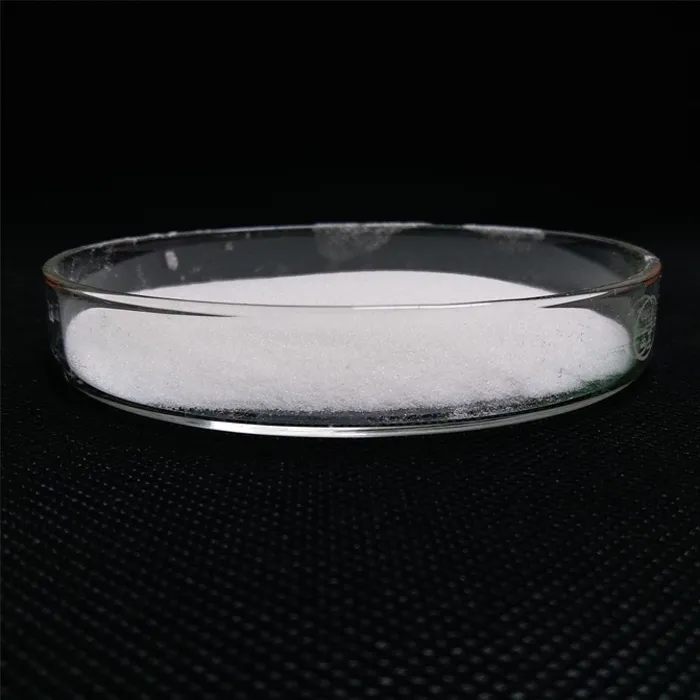Understanding Chemicals Used to Treat Low pH Levels
Low pH levels in water, soils, or other environments can pose significant challenges in various fields, including agriculture, environmental science, and industrial processes. pH, a measure of acidity or alkalinity, ranges from 0 to 14, with values below 7 indicating acidity. Maintaining appropriate pH levels is crucial for the health of crops, the efficiency of chemical processes, and the overall quality of water systems. In this article, we will explore the chemicals commonly used to treat low pH levels and the methods by which they operate.
The Importance of pH Control
Before diving into the chemicals used for treatment, it is essential to understand why controlling pH is vital. In agriculture, low pH can lead to nutrient deficiencies for plants, altering the availability of essential elements such as phosphorus and potassium. In aquatic environments, low pH levels can harm aquatic life, reducing oxygen levels and disrupting ecosystems. Furthermore, industrial processes often require specific pH ranges for optimal performance, as extreme acidity can lead to equipment corrosion and reduced efficiency.
Key Chemicals Used for pH Adjustment
1. Lime (Calcium Carbonate) One of the most common substances used to raise pH levels is lime, specifically calcium carbonate (CaCO₃). When added to acidic environments, lime reacts with hydrogen ions, effectively neutralizing acidity and increasing pH. It is widely used in agriculture and water treatment due to its effectiveness, availability, and affordability.
2. Sodium Carbonate Also known as soda ash, sodium carbonate (Na₂CO₃) is another alkaline substance used for raising pH levels. It is frequently employed in water treatment plants to adjust acidity and is also utilized in various industrial processes, including glass manufacturing and chemical production.
3. Sodium Bicarbonate Commonly known as baking soda, sodium bicarbonate (NaHCO₃) can also be effective in raising pH levels, particularly in smaller, more controlled environments. It is often used in aquariums and pools to stabilize pH without significantly altering other water parameters.
4. Potassium Hydroxide Potassium hydroxide (KOH) is a strong base that can be used to raise pH levels rapidly. However, it is more caustic than other options and requires careful handling. Industries that need quick adjustments to pH may opt for this chemical despite its potential hazards.
what chemicals are used to treat low ph levels

5. Calcium Hydroxide Another effective choice is calcium hydroxide (Ca(OH)₂), also known as slaked lime. It is often used in wastewater treatment and flue gas desulfurization processes. Calcium hydroxide can significantly increase pH levels and is valued for its ability to provide calcium ions that can improve soil health.
Application Methods
The application of these chemicals depends on the specific context
- Agriculture Lime and calcium hydroxide are often spread over fields to treat acidic soils. The granular form allows for even distribution, ensuring adequate coverage.
- Water Treatment In municipal water treatment facilities, sodium carbonate or sodium hydroxide is commonly added to control pH during the purification process. These are injected into the water supply in precise quantities, monitored continuously to ensure stability.
- Aquaculture and Aquariums Sodium bicarbonate is frequently used in controlled environments such as fish tanks or aquaculture systems. This allows for gentle pH adjustments without shocking the aquatic ecosystem.
Conclusion
Managing low pH levels is crucial for maintaining healthy ecosystems, improving agricultural output, and ensuring efficient industrial processes. The selection of appropriate chemicals—ranging from lime and sodium carbonate to potassium hydroxide—depends on factors such as the specific application, cost-effectiveness, and required speed of pH adjustment. By understanding how these chemicals work and their appropriate applications, stakeholders can effectively manage pH levels, fostering better agricultural practices and healthier aquatic environments. As environmental awareness grows, the importance of maintaining suitable pH levels in our ecosystems will continue to be a relevant topic in the discussion of sustainable practices and technological advancements.

